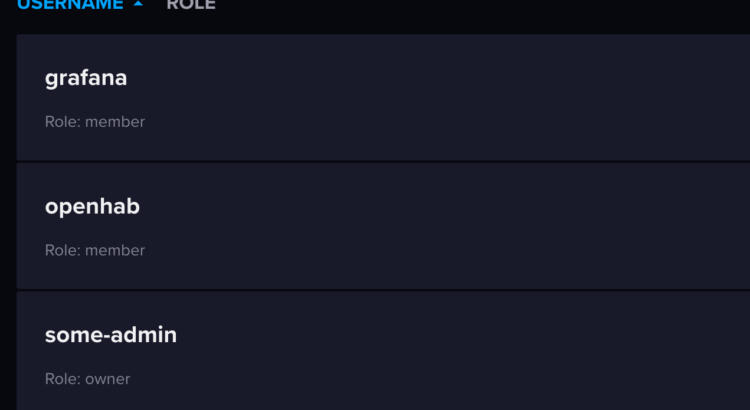Wow, what a long title. But this is the setup I want. Tutorials on the internet are either hard (impossible) to follow or outdated. Until today, I use JDBC persistence and MariaDB as database (because I already have it for my Nextcloud). For the data generated through my smart home, this is not the best choice. Soon I’ll also have photovoltaics on my roof where I want to do some visualization. So why not use the chance to move on and do a clean setup with all the things named in the title?
WeiterlesenKategorie: English Articles
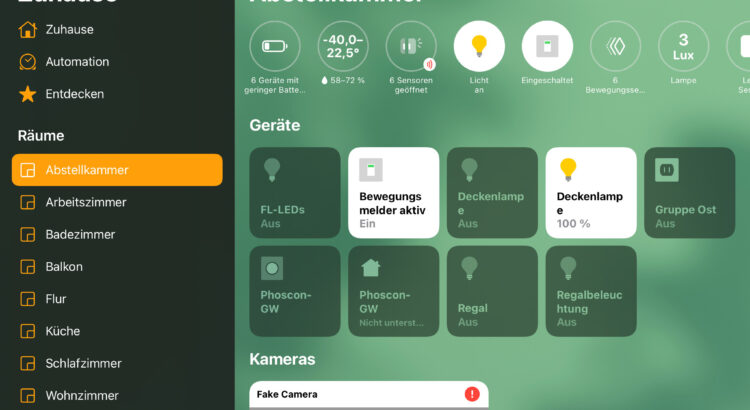
Control KNX via HomeKit
Almost every smart technology comes with some kind of (mobile) application. Although KNX is already over 30 years old, there is no official app to control your system. Moreover, the KNX association talks about IoT and integration, but I couldn’t find real content, especially about the just-released Matter standard. There are many vendors selling visualizations and mobile apps though. Since I’ve already been using Apple’s HomeKit and Home app for quite some time now, I want to integrate KNX into HomeKit. In this post, I want to show you some possibilities, ranging from 0€ to ~1000€.
Weiterlesen
Let it ring!
As preparation for our upcoming house, I have to decide and clarify several things. One of those is the question if I need a separate bell or use my existing one when installing an yet to be defined doorbell. Luckily it is possible to ring a doorbell on Homepod running via HTTP request. Okay, to be fair, it’s no direct request, instead I use homebridge to connect custom things with Homekit. This post is a small note how to let your Homepod ring.
Weiterlesen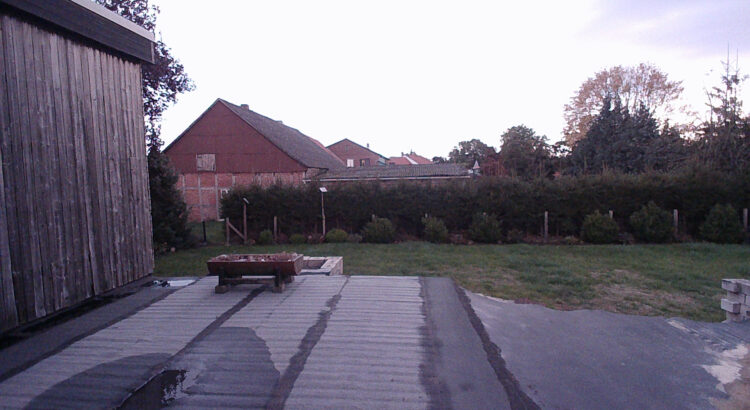
Raspberry Pi Construction Cam
In the beginning of 2021 we brought a really old house. This house already deflates heavily – there is no other choice than demolition. Since I think it’d be nice to see the progress as time lapse movie, I wanted to install a camera. The common term for this is construction cam. I’m aware about commercial vendors like Brinno selling those cameras, but (at least for the demoltion) i didn’t want to spend additional money. Therefor, I used parts laying around to build a simple construction camera with a Raspberry Pi 3 A+ and an USB webcam.
WeiterlesenWatchtower Telegram notifications
Keeping things up to date can be a hard job. Luckily, software developers are both lazy and focused on simplicity and security. Operating systems, mobile applications, plugins – most of technical stuff can be updated easy today. If you add a docker container via any registry (mostly hub.docker.com), you can pull new releases for the used tag. But this does not restart the container – here comes the Watchtower!
Weiterlesen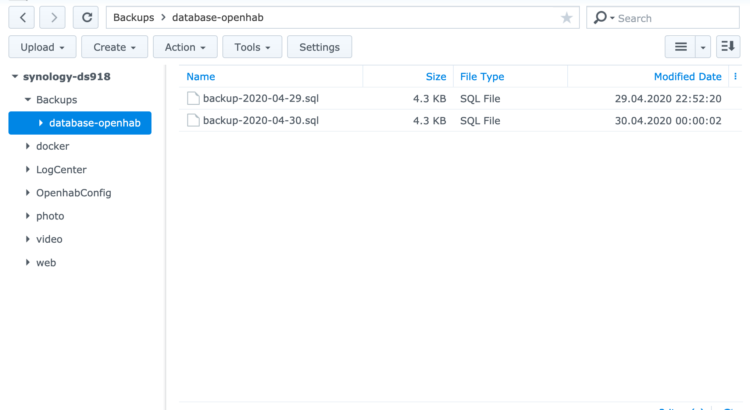
Part 4: Scheduled Database Backups
The last topic I’d like to talk about is backups. While Synology offers backups for your regular files, I did not find a simple, builtin solution to backup your database(s). Luckily you are able to run scheduled scripts in your DSM and MySQL comes with a backup tool.
Weiterlesen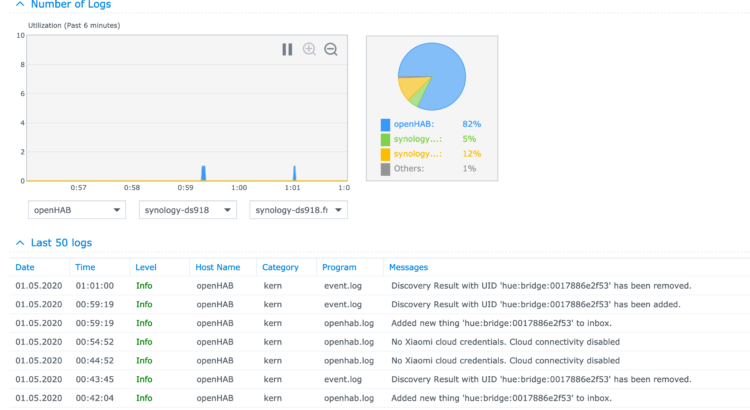
Part 3: Redirecting Logs to Log Center
Time to tackle the logging topic. By default, openHAB logs to several logfiles in userdata/logs with alternating logging files. When you followed the first parts of this post series, you don’t expose log data to the outer world – but you somehow need to read the logs. Luckily, DSM includes the Log Center to gather all your logs in one place. In this post, you’ll learn how to redirect the logs.
Weiterlesen
Part 2: MySQL persistence for openHAB
In the first article of this series I described how to run openHAB on your Synology DSM using Docker with shared config and private data. Now it’s time to talk about persistence using MySQL.
Weiterlesen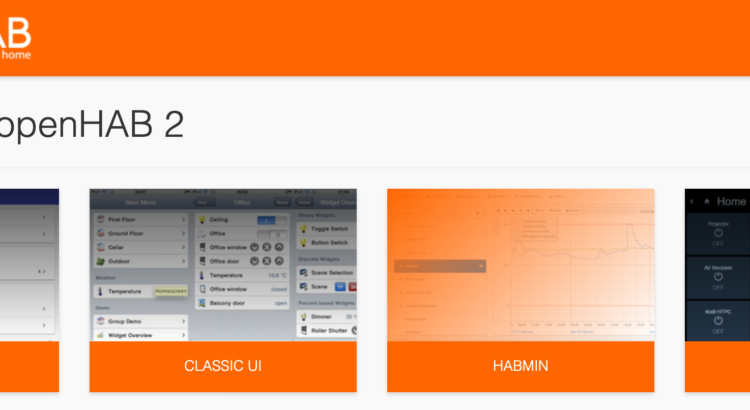
Part 1: Use openHAB with Synology DSM
Synology offers a wide range of applications to be used on your NAS. Like in Android OS you are even able to install own software packages or use Docker to extend the features. Currently I am using openHAB on a small Linux computer, but want to migrate to Synology. But – does the world really need yet another setup guide for openHAB on DSM?
Weiterlesen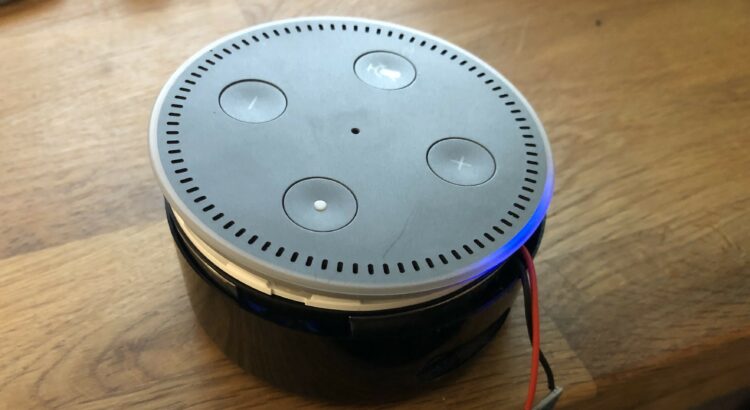
Alexa, Amazon free?
What a time to be alive! Smart stuff everywhere. Your television, the light, temperature – every day the amount of „smart“ things increases. First they were controlled with buttons. Nowadays you can use an app for almost everything. The next step? Of course – your voice. Every „big player“ has its own voice assistant. The problem of all those assistants is, that they claim to require internet to work. Thanks to companies like Snips you can show that this is not true as the whole recognition and most of the actions work without any internet at all. I build an offline smart speaker with a Raspberry Pi 3 A+ and Respeaker 4Mic-Array which is working really nice. The only problem in this setup is the super-low WAF 😄.
